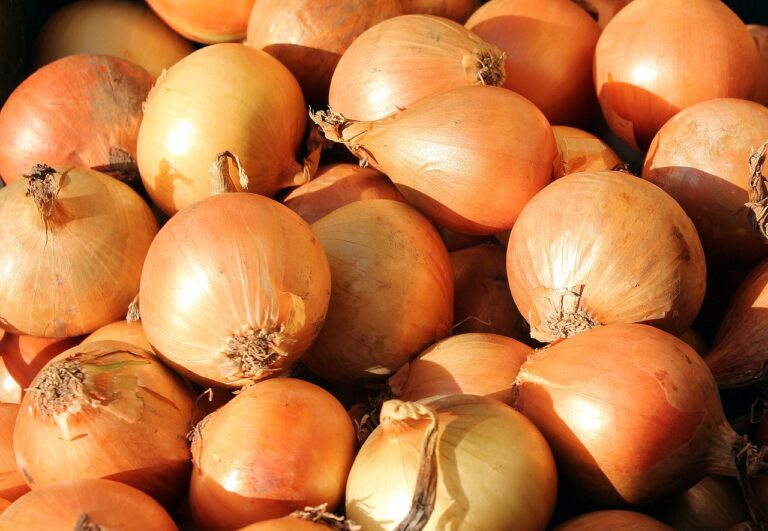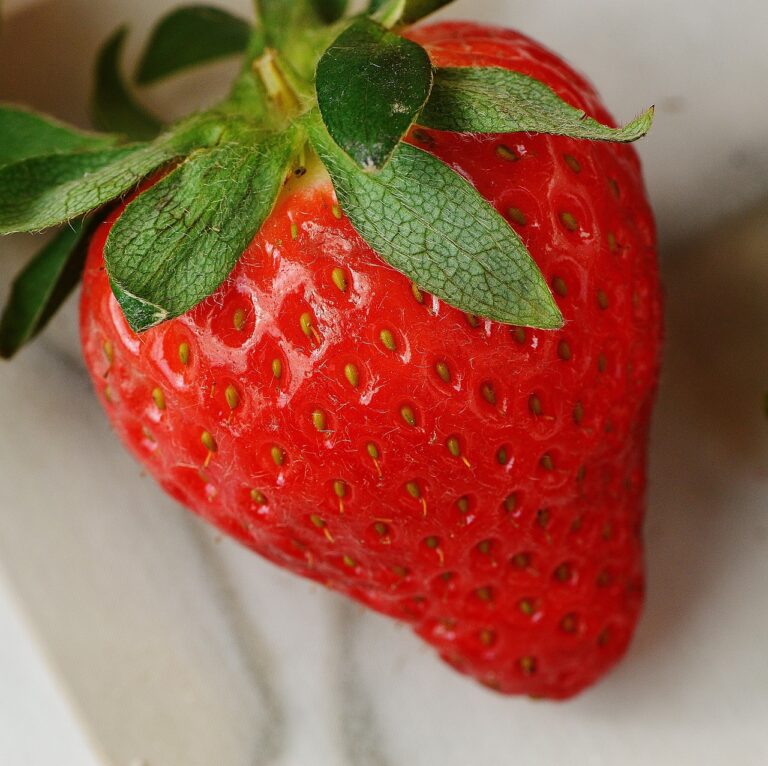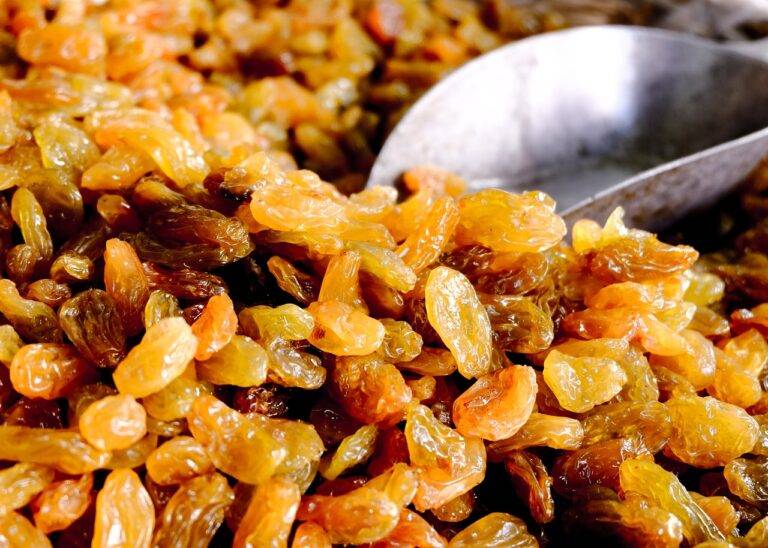The Evolution of Food Packaging: Innovations for Sustainability and Waste Reduction
Food packaging has come a long way since its inception. From the earliest forms of packaging such as leaves, gourds, and animal skins used by our ancestors to the modern, innovative materials of today, the evolution of food packaging has been driven by the ever-changing needs of society. As civilizations advanced, so did the methods of preserving and transporting food, leading to the development of various packaging techniques and materials.
In the 19th century, the industrial revolution brought about significant changes in food packaging with the introduction of tin cans and glass jars. These containers revolutionized the way food was stored, allowing for better preservation and longer shelf life. The 20th century saw the rise of plastic packaging, which further transformed the industry with its versatility, durability, and cost-effectiveness. Today, the focus has shifted towards sustainable and eco-friendly packaging solutions, with biodegradable materials and innovative designs shaping the future of food packaging.
Innovative Materials for Sustainable Packaging
When it comes to sustainable packaging, the use of innovative materials is crucial in reducing the environmental impact of packaging production and disposal. A shift towards materials that are biodegradable, compostable, and recyclable is essential for creating a more sustainable packaging industry.
Innovations such as plant-based plastics, biodegradable films, and compostable packaging materials are gaining popularity as alternatives to traditional petroleum-based plastics. These materials not only help reduce the use of fossil fuels but also minimize the amount of waste that ends up in landfills or polluting our oceans.
Role of Technology in Reducing Food Packaging Waste
One key way technology is making strides in reducing food packaging waste is through the development of smart packaging solutions. These innovative packages are equipped with sensors and indicators that can monitor the freshness of food items and alert consumers when they are nearing their expiration date. This helps prevent unnecessary food waste by ensuring that products are consumed before they spoil.
Additionally, advances in robotics and automation are streamlining the food packaging process, leading to greater efficiency and reduced wastage. Automated systems can precisely measure and cut packaging materials, minimizing errors and ensuring the optimal use of resources. By leveraging technology in these ways, the food industry is moving towards more sustainable packaging practices that benefit both the environment and consumers.
• Smart packaging solutions with sensors and indicators help monitor food freshness
• Alerts consumers when products are nearing expiration date to prevent waste
• Robotics and automation in food packaging process lead to greater efficiency
• Automated systems minimize errors and ensure optimal use of resources
• Technology helps the food industry move towards more sustainable packaging practices
How has food packaging evolved over time?
Food packaging has evolved from traditional materials like glass and metal to more lightweight and flexible materials like plastics.
What are some innovative materials being used for sustainable packaging?
Some innovative materials being used for sustainable packaging include biodegradable plastics, compostable packaging, and edible packaging.
How can technology help in reducing food packaging waste?
Technology can help in reducing food packaging waste by improving packaging design, creating smarter packaging solutions, and implementing recycling programs.
What role do consumers play in reducing food packaging waste?
Consumers can reduce food packaging waste by choosing products with minimal packaging, recycling packaging materials, and supporting companies that use sustainable packaging solutions.







